
The Formosan black bear is one of the seven subspecies of Ursus thibetanus formosanus endemic to Taiwan and is considered an endangered wild animal. At present, there are only about 200 to 600 of them left in Taiwan.
Ursus thibetanus formosanus
Physical characteristics
Stout body, round head, short neck, small eyes, long mouth, round hip, and a short tail. The weight is about 60 to 150 kg, and the body length is about 130 to 180 cm. Formosan black bears are covered with rough but shiny black hair. The hair around the neck is rather long and can exceed 10 cm. The front end of the chin is white. The most visible characteristics are the yellowish-white V-shaped or crescent-shaped marking on the chest, so they are also called the "moon bear.”
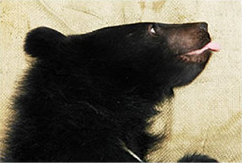
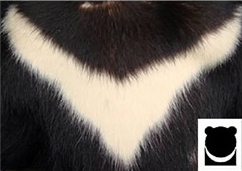
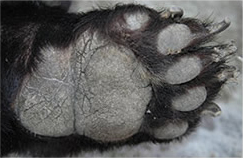
Geographical distribution
Formosan black bears are forest animals and are mainly distributed in the Central Mountain Range. They can be spotted from time to time in the Seaboard Mountain Range. There are records of their sightings in areas at an elevation of 300 to 3,700 meters, though they mostly appear in the mid-elevation forests between 1,000 and 2,500 meters.
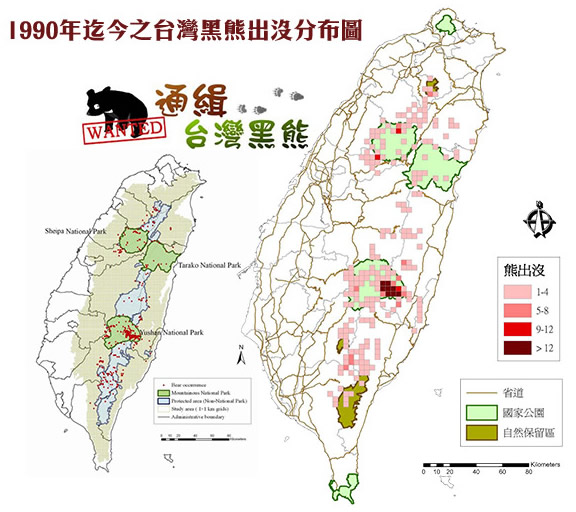
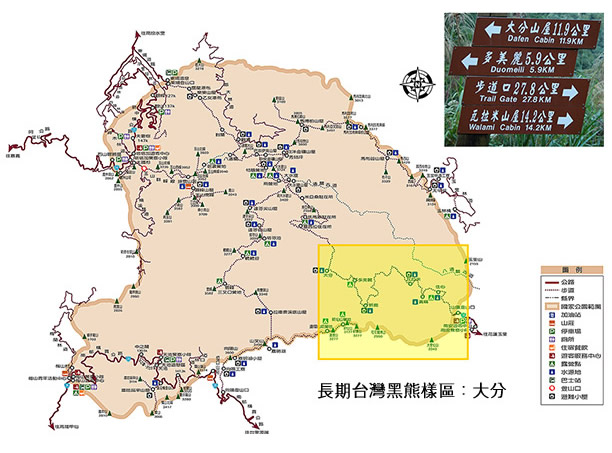
Reproduction
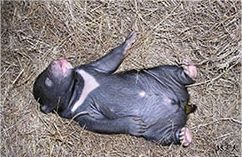
Formosan black bears are solitary animals. Except for the breeding period, they do not stay in a fixed den. During the mating season, a male bear follows a female bear of his choice for a few days before mating. After the completion of mating, they go their separate ways and resume their solitary lives.
They mature sexually at the age of 3 to 4, and male bears usually mature 1 year later than female bears. The estrus period is from June to August each year, and the pregnancy period lasts about 6 to 7 months. There are also signs of delayed implantation of fertilized eggs. Wild female bears often give birth to 1 to 3 cubs each time between December and February of the following year, and the lactation period lasts about half a year. Cubs often follow the mother bear around after leaving the den to familiarize themselves with the surrounding environment and learn survival skills. They do not leave until the female bears enter the estrus period again the following year. Mother bears do not estrus during the nurturing period of their young cubs, so they usually reproduce every other year.
Eating habits
They are typical omnivorous animals, and mainly eat plant foods. They do eat a variety of plants, insects, and animals.
Their staple food can change for different seasons.
They stand up like dogs and dip their heads to feed directly. They often sit or lie down and hold the food with their two front palms. They will spit out the indigestible parts of food (such as oak shells or rough fruit peels) and eat only the pulp part.
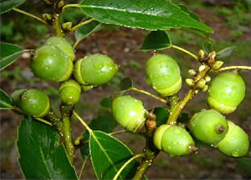


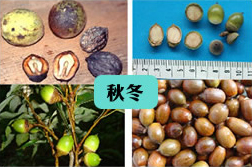
Habits
The information collected from wireless tracking of black bears in Yushan National Park has shown that they do not hibernate and are active all year round. They do not keep a fixed den. The information collected from wireless transceivers on black bears has shown that their activities cover a huge area, from 27 to 202 square kilometers, over one year, and can go as wide as one-fifth of Yushan National Park.
They are mainly active during the day, but they can also move around at night. They tend to be more active in summer and autumn. In autumn and winter when the fruit production of fagaceae is rich, they also increase the frequency of their night activities.
